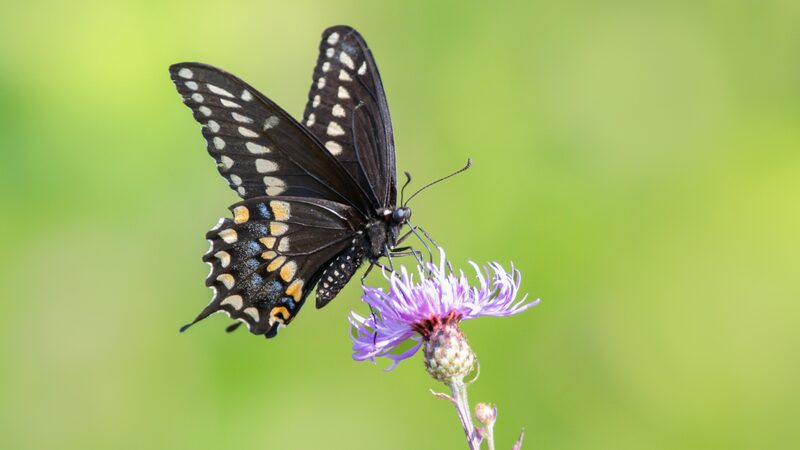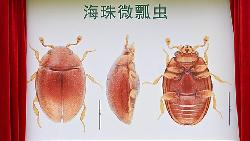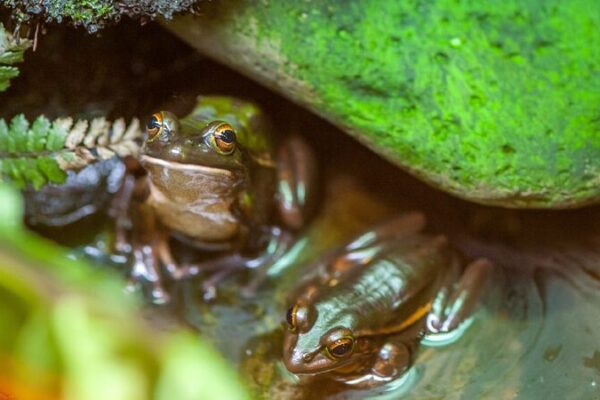Canadian Scientists Use AI to Combat Insect Extinction
In Canada, researchers are harnessing the power of artificial intelligence (AI) to monitor the alarming decline of insect populations. The groundbreaking project, called Antenna, aims to collect crucial data that could help reverse the mass extinction of insects and prevent a catastrophic impact on our planet.
“Of all the mass extinctions we have experienced in the past, the one affecting insects is happening a thousand times faster,” said Maxim Larrivée, director of the Montreal Insectarium. The rapid decline is so severe that it’s challenging to track, making it difficult to implement the necessary actions to slow it down.
Under a large transparent dome at the Insectarium, thousands of butterflies, ants, and praying mantises are being studied. Additionally, solar-powered camera traps have been installed in various regions, from the Canadian far north to the rainforests of Panama. These cameras capture images every 10 seconds of insects attracted to ultraviolet lights.
Larrivée believes that advancements like high-resolution cameras, low-cost sensors, and AI models to process data could double the amount of biodiversity information collected over the last 150 years in just two to five years. “Even for us, it sounds like science fiction,” he said with a smile.
The Tip of the Iceberg
David Rolnick, a biodiversity specialist at the Quebec AI Institute working on the Antenna project, noted that AI could help document some of the 90% of insect species that remain undiscovered. “We found that when we went to Panama and tested our sensor systems in the rainforest, within a week, we found 300 new species. And that is just the tip of the iceberg,” Rolnick said.
Currently, the project is focusing on moths, a diverse group with over 160,000 species. Moths are “easy to identify visually” and play a crucial role in the food chain. “This is the next frontier for biodiversity monitoring,” Rolnick added.
Empowering Conservation Efforts
Better data collection and analysis through AI could lead to effective tools for governments and environmentalists to develop conservation policies that restore biodiversity. Larrivée emphasized the importance of such information in decision-making processes.
The Antenna project is open source, allowing anyone to contribute to enhancing the platform. Researchers hope to eventually apply their models to identify new species in the deep sea and detect those harmful to agriculture.
Engaging the Public
The Montreal Insectarium is also using this technology for educational purposes. Visitors can snap pictures of butterflies in a vivarium and use an app to identify the exact species. “If we don’t know nature, we can’t ask citizens to change their behavior,” said Julie Jodoin, director of Espace Pour La Vie, which oversees several Montreal museums including the Insectarium.
Reference(s):
Canada AI project hopes to help reverse mass insect extinction
cgtn.com








